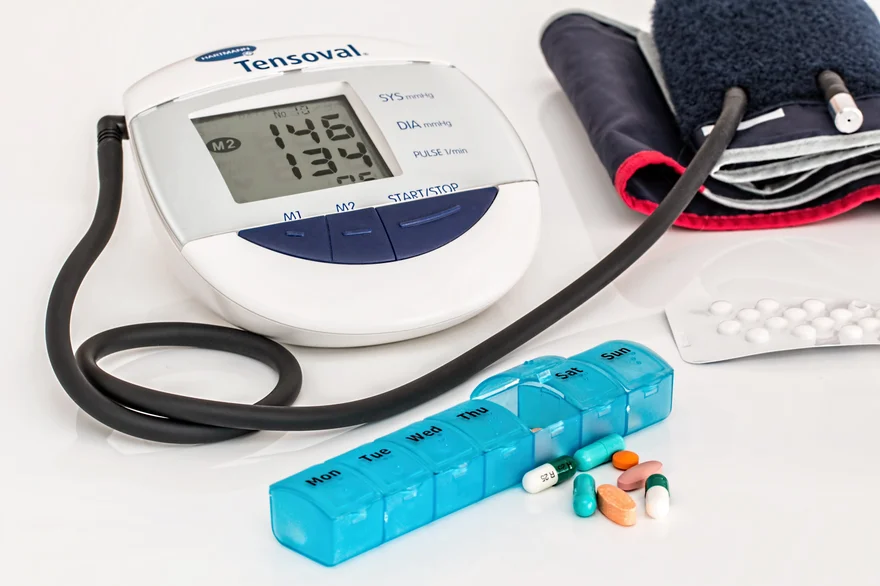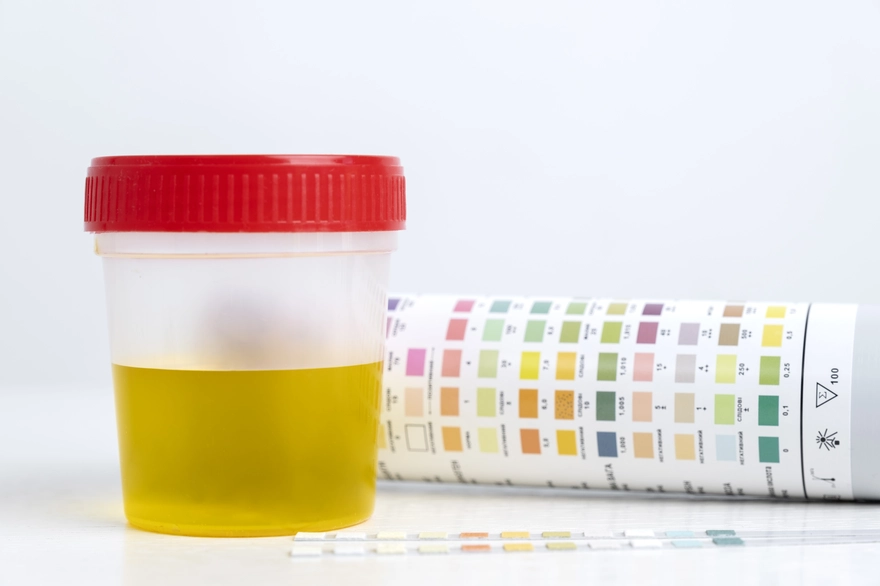Health Wellness
D-Dimer Blood Test: What Do Elevated Results Mean?
12796 Views
0

Our body consists of an incredible network of organs, each with a highly specialised function. One of the most important things that keeps these organs working is blood. Be it transporting glucose, oxygen, and other nutrients or flushing out waste products and toxins, the role of blood in vital functioning is undisputed. Therefore, any form of anomaly related to blood can be quite concerning. One such phenomenon is blood clots. A regular blood clot, or hemostasis, is essential for survival, as it prevents blood loss from small injuries. However, unregulated blood clots are something to be taken seriously, and the best way to analyse their presence is with the D-Dimer test. Its definition, requirements, procedure, and results will be examined below.
What is a D-Dimer Blood Test?
A D-dimer test is a blood test that measures a protein fragment known as a D-dimer, which is a byproduct of blood clotting. A high level of D-dimer in your blood may indicate that you have a blood clotting disorder or that you're at risk for one. However, other factors, such as inflammation, can also cause an elevation in D-dimer levels.
D-dimer tests are used to help rule out serious conditions such as deep vein thrombosis (DVT) and pulmonary embolism (PE). They may also be used to help diagnose and monitor treatment for these conditions.
When is a D-Dimer Blood Test Needed?
A D-dimer blood test may be needed if a person has symptoms of the above-mentioned conditions:
Deep Vein Thrombosis: This is a form of a blood clot that occurs deep within your system. Symptoms may include sudden swelling of arms or legs, redness in the affected region, painful extremities, especially the legs, where the pain is triggered during walking, and clear enlargement of veins on the surface of the skin.
Pulmonary Embolism: A form of a blood clot in the lungs that primarily occurs in the arms or legs but travels to the lungs if left unchecked. Symptoms include sharp chest pain, difficulty in drawing breath, back pain, profuse sweating, irregular heartbeat, and dizziness.
Disseminated intravascular coagulation (DIC): In this condition, multiple blood clots occur in the body in a very short time. If left untreated, it can become a very serious situation. Symptoms of DIC include nausea, extreme muscle and abdominal pain, bleeding gums, seizures, and a reduction in urination frequency.
Stroke: A form of a blood clot in the brain that occurs when a blood vessel ruptures in the brain. Symptoms include numbness in the face, arms, and legs, especially on one side of the body; difficulty in speaking or forming words; loss of vision; and sudden dizziness.
Therefore, if you exhibit any of the above-mentioned symptoms, your doctor will order a D-dimer test to confirm or rule out these conditions.
How is a D-Dimer Blood Test Done?
A D-dimer blood test procedure involves taking a small sample of blood from a vein in the arm. The blood is then sent to a laboratory for analysis. The results of the test are usually available within a few days, or a few hours if it is a life-threatening situation. From a patient's standpoint, since the test is a regular blood test, you don’t need to prepare in any special way for this test. Just be prepared for a sharp sensation when the needle is injected, and remember to apply pressure to the area once the blood is drawn and the needle is removed.
What Do The Results of a D-Dimer Blood Test Mean?
The D-dimer test results may turn out to be normal, low, or high. However, there are no specific universal D-dimer levels, so the results are best analysed by a doctor. Here’s a brief look at how to interpret the results of your D-dimer test:
If the levels seem normal or low in the test, it is unlikely that you have any form of clotting condition. But if you do have symptoms of clotting, your doctor may consider other tests to confirm or rule out the presence of a clotting disorder.
On the other hand, if you do have high levels of D-dimer protein, it is highly likely that you have a blood clotting condition. However, the results of a D-dimer test aren't always cut and dry. As mentioned earlier in the article, in some cases, a high level of D-dimers can be due to factors such as advanced age, pregnancy, cancer, or severe infection. If your doctor suspects you have a clotting disorder, they may order additional tests, such as a CT scan or venography, a special type of X-ray that looks at the veins.
How Can The Clots Be Examined Further?
After a D-dimer test, your doctor may opt for one of the three imaging tests:
Doppler ultrasound: As the name suggests, this technology uses ultrasound to create an image of your blood vessels.
Computed tomography angiography (CTA): This is a form of X-ray wherein a special dye is inserted into your bloodstream, which makes it easier to track your organs during imaging.
Lung ventilation-perfusion scan: This is a combination of two tests, lung ventilation and lung perfusion. While the former examines the flow of air in your lungs, the latter examines the flow of blood in your lungs.
Conclusion
In closing, the D-dimer blood test is a useful tool to help diagnose conditions like DVT, but it's not perfect. A positive result on the test may mean that you have a serious blood clot problem, but a negative result doesn't necessarily rule it out either. Either way, the presence of these blood clots can be better determined with advanced imaging techniques in conjunction with the D-dimer test.
If you suspect you have a clotting condition and want to get a D-dimer test done urgently, reach out to us at Metropolis Healthcare. With thousands of diagnostic centres across multiple continents, we offer accurate D-dimer tests at affordable prices. For more information on this and other tests and their respective pricing, contact us today.























 WhatsApp
WhatsApp